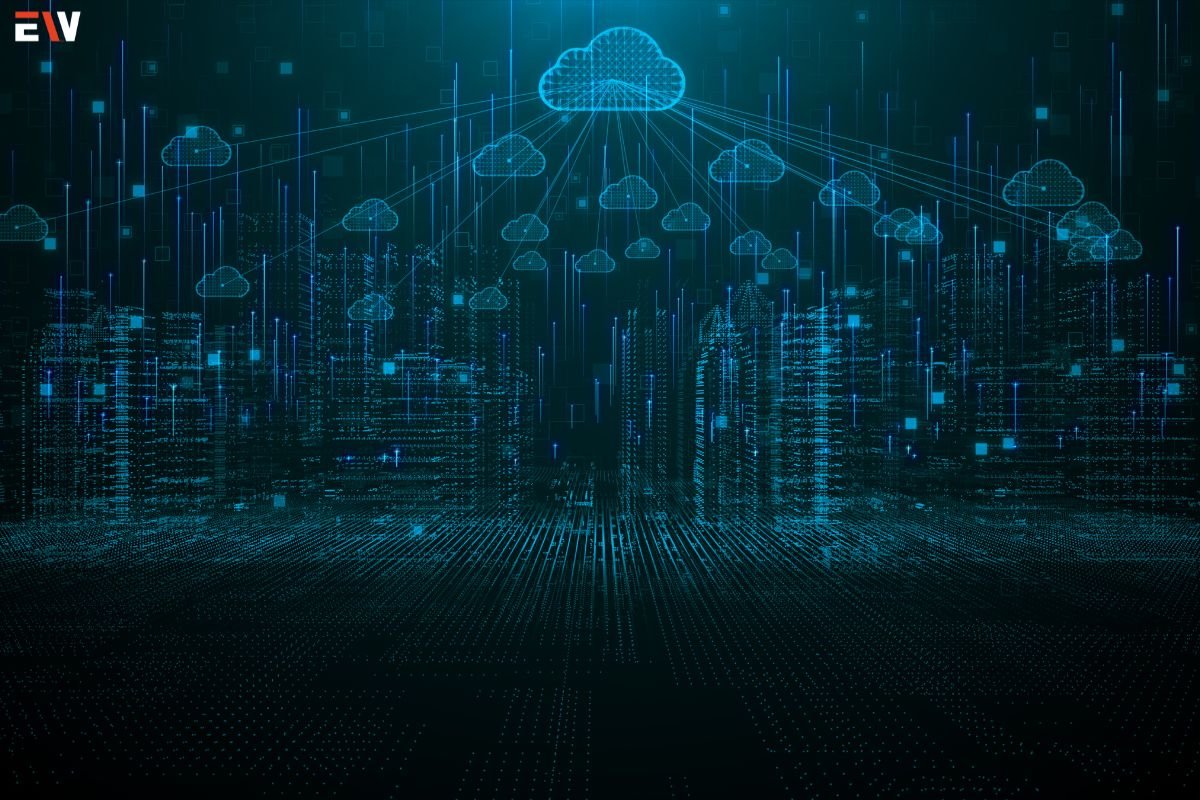The smart power grid is a transformative development in the realm of energy management, representing a shift from traditional, centralized electricity systems to more decentralized, digital, and intelligent networks. This advanced infrastructure leverages modern technology to improve the efficiency, reliability, and sustainability of electricity production, distribution, and consumption. This comprehensive guide explores what a smart power grid is, its key components, benefits, challenges, and the future prospects of this innovative system.
What is a Smart Power Grid?
A smart power grid, often referred to as a smart grid, is an electricity network that uses digital technology to monitor and manage the transport of electricity from all generation sources to meet the varying electricity demands of end users. Unlike traditional power grids, smart grids are equipped with sensors, communication networks, and advanced analytics to optimize energy usage and integrate renewable energy sources seamlessly.
Key Components of a Smart Power Grid
1. Advanced Metering Infrastructure (AMI)
AMI includes smart meters that provide real-time data on electricity consumption, enabling two-way communication between utilities and consumers. This infrastructure helps in accurate billing, remote monitoring, and management of energy use.
2. Sensors and IoT Devices
Smart grids use various sensors and Internet of Things (IoT) devices to gather data on the grid’s performance, detect faults, and monitor the health of the infrastructure. These devices provide insights into power quality, load conditions, and equipment status.
3. Communication Networks
Reliable and secure communication networks are essential for transmitting data between different components of the smart grid. These networks use a combination of wired and wireless technologies to ensure seamless communication and control.

4. Energy Storage Systems
Energy storage systems, such as batteries, play a crucial role in smart grids by storing excess energy generated from renewable sources like solar and wind. These systems help balance supply and demand, ensuring a stable power supply.
5. Distributed Energy Resources (DER)
DERs include renewable energy sources (solar panels, wind turbines), energy storage, and demand response programs. Smart grids integrate and manage these resources to optimize energy production and consumption.
6. Grid Management Systems
Advanced grid management systems, including Supervisory Control and Data Acquisition (SCADA) and Distribution Management Systems (DMS), are used to control and monitor the grid operations. These systems use real-time data to enhance decision-making and ensure grid stability.
Benefits of a Smart Power Grid
1. Enhanced Reliability and Resilience
Smart grids improve the reliability and resilience of the power supply by quickly identifying and responding to outages, minimizing downtime, and preventing cascading failures.
2. Increased Efficiency
By optimizing energy production and distribution, smart grids reduce energy losses, enhance grid efficiency, and lower operational costs. They enable better load management and peak shaving, which results in more efficient use of resources.
3. Integration of Renewable Energy
Smart grids facilitate the integration of renewable energy sources by managing variable outputs and ensuring a stable supply. This integration supports sustainability goals and reduces dependence on fossil fuels.

4. Consumer Empowerment
Smart grids empower consumers with detailed information about their energy consumption, enabling them to make informed decisions and participate in demand response programs. This leads to energy savings and cost reductions.
5. Environmental Benefits
By improving efficiency and integrating renewables, smart grids contribute to reducing greenhouse gas emissions and environmental impact, supporting the transition to a more sustainable energy system.
6. Economic Growth
The deployment of smart grid technologies stimulates economic growth by creating jobs in the manufacturing, installation, and maintenance of smart grid components.
Challenges in Implementing Smart Power Grids
1. High Initial Costs
The initial investment required for upgrading existing infrastructure and deploying new technologies can be substantial. This includes the costs of smart meters, sensors, communication networks, and grid management systems.
2. Cybersecurity Risks
Smart grids are vulnerable to cyberattacks due to their reliance on digital communication networks. Ensuring robust cybersecurity measures is crucial to protect against potential threats.
3. Data Privacy Concerns
The extensive data collection involved in smart grid operations raises concerns about consumer privacy. It is essential to establish clear policies and regulations to protect sensitive information.

4. Interoperability Issues
Integrating diverse technologies and systems from different manufacturers can pose interoperability challenges. Standardization is necessary to ensure seamless communication and operation.
5. Regulatory and Policy Barriers
The development and implementation of smart grids require supportive regulatory frameworks and policies. Navigating existing regulations and aligning them with new technologies can be complex.
Future Prospects of Smart Power Grids
1. Artificial Intelligence and Machine Learning
The incorporation of AI and machine learning will enhance the predictive capabilities of smart grids, enabling proactive maintenance, fault detection, and optimized energy management.
2. Blockchain Technology
Blockchain can be used to secure transactions and data within the smart grid, enhancing transparency, security, and trust in decentralized energy trading.
3. Microgrids
The development of microgrids, small-scale power grids that can operate independently or in conjunction with the main grid, will enhance grid resilience and enable localized energy management.
4. Smart Cities
Smart grids will be integral to the development of smart cities, where interconnected systems and IoT devices will optimize energy use, reduce emissions, and improve quality of life.
5. Electric Vehicles (EVs)
The rise of EVs will have a significant impact on smart grids. Integrating EV charging infrastructure and leveraging EV batteries as energy storage can enhance grid stability and efficiency.
Conclusion
The smart power grid represents a significant advancement in energy management, offering numerous benefits in terms of efficiency, reliability, and sustainability. While there are challenges to overcome, the continued development and implementation of smart grid technologies promise a future where energy is managed more intelligently and sustainably. By embracing these innovations, we can build a resilient, efficient, and environmentally friendly energy system that meets the needs of today and the challenges of tomorrow.










